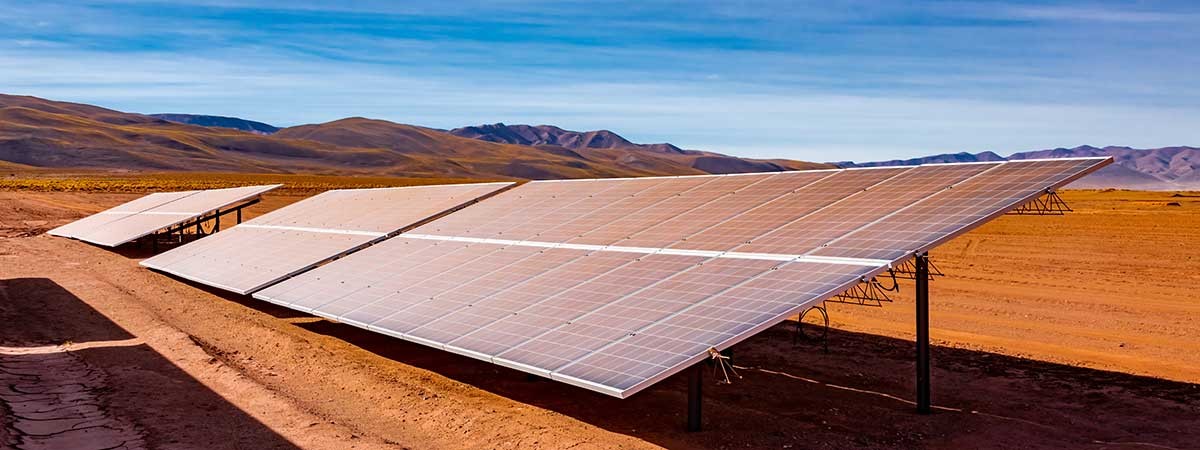At the end of June 2019, the Noor Abu Dhabi solar park was connected to the desert state's grid. With 3.2 million solar collectors on an area of eight square kilometers, according to the operator it is the largest solar plant at one location in the world. It will produce up to 1.18 gigawatts of peak power and thus reduce carbon dioxide emissions by one million tons per year. This corresponds to the CO2 footprint of 200,000 cars. At the inauguration, the electricity price for customers was quoted at 2.42 US cents per kilowatt hour.
Manufacturing increasingly more efficient
Such low prices for solar power are now achieved by large modern solar parks without subsidies. Solar energy can already be produced more cheaply than electricity from fossil fuels. Thus, renewable energy moves out of the realm of state subsidies and into the sphere of profitable business. This development is due not least to the rapid progress in the manufacturing of solar panels. Vacuum technology can be found there in all important production steps.This begins with the production of the silicon substrate, which is the basis for the solar cell. The Czochralski process is often used to obtain the required crystals. Here, the crystals are allowed to grow under vacuum. The oxygen content in the air would oxidize the high-purity silicon, which in turn would affect the properties of the highly efficient silicon wafers.
Protected layer by layer
Thin silicon slices made of the crystalline material must then be provided with electrically active layers, similar to the production of microchips. There are different processes for applying the layers with different functions. Given that the layers are applied with reactive gases that are self-igniting and often toxic, special, very safe vacuum technologies are used. After this step, the cells are already functional and can convert light into electricity. However, in this form they would not be able to withstand wind and weather – not to mention the abrasive desert sand – for long.The panels are packed between several layers of a protective plastic and/or glass in order to protect them from destructive external influences and to ensure a long service life. This special film should adjust to the panels without gaps or air bubbles and then bond firmly to them. For this purpose, the lamination is also carried out under vacuum. For the vacuum-supported steps, many plants use Busch vacuum pumps designed exactly for the respective process.
